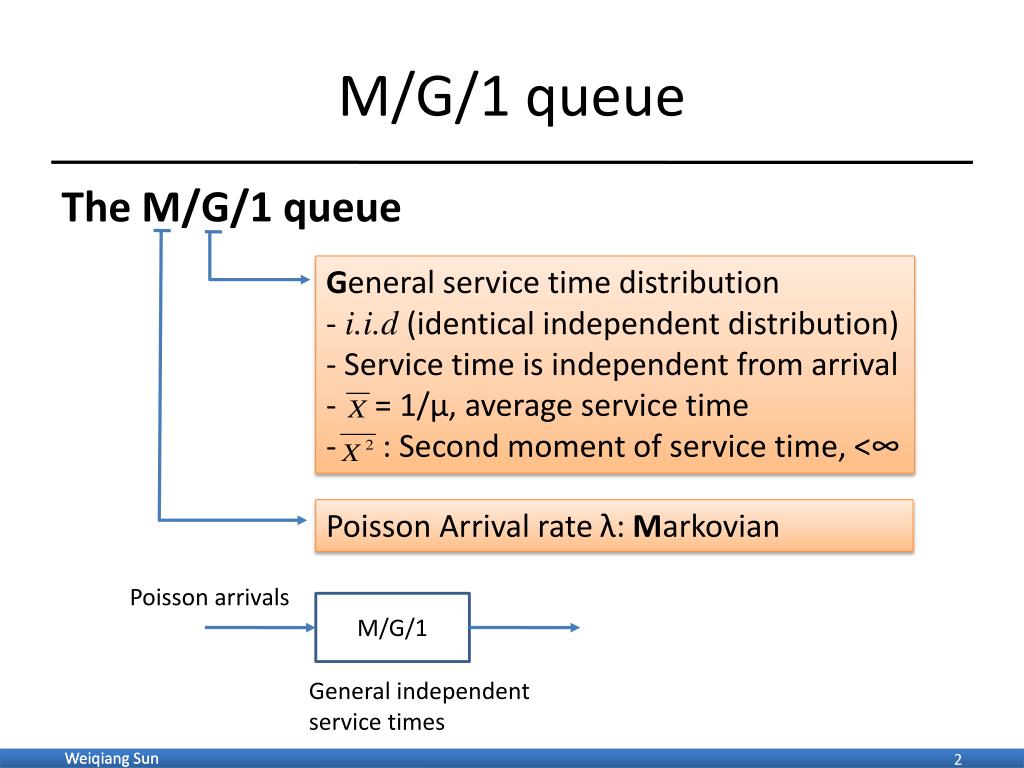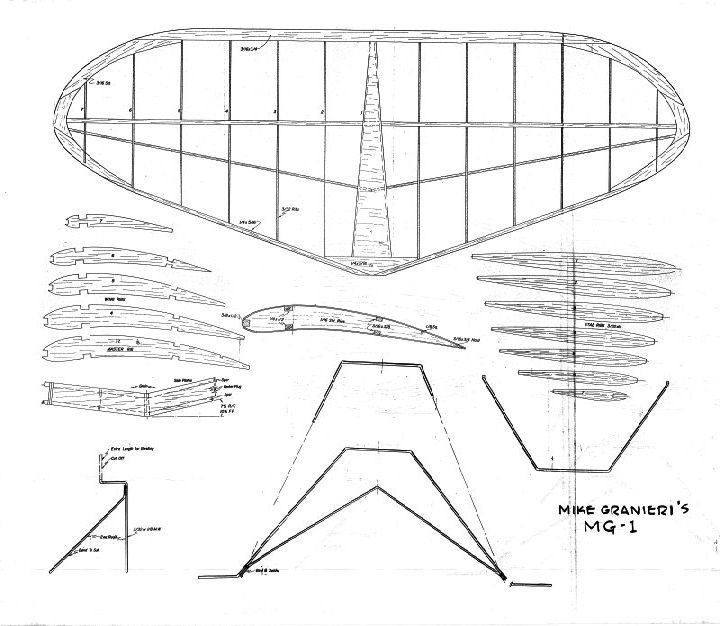
PPT M/G/1 queue PowerPoint Presentation, free download ID2052454
The M/G/1 queueing system is one of the most fruitful models of Queueing Theory, and a huge literature concerning this model exists. The analytic techniques used for the investigation of this model are quite often too powerful and thus lead to rather intricate derivations of essentially simple results.

M&G Monogram by MAYBE...
The M/G/1 queue In many applications, the assumption of exponentially distributed service times is not realistic (e.g., in production systems). Therefore, we will now look at a model with generally distributed service times. Model: Arrival process is a Poisson process with rate λ.

eTm, model 01, set 1, 62 pics Russian Teens Models
M/G/1 Queueing Model Basic Concepts The M/G/1 queueing model is similar to the M/M/1 model except that the service rate follows a general distribution. This means that the service rate distribution can be any distribution with mean μ and standard deviation σ.

The Ratio BOP/CLP in the BlowUp Region i 0 = 1 for 1Burst/M/1 Models... Download Scientific
M/G/1 queue. (t), does not now constitute a Markov process. In spite of this, the mean queue length, waiting time, and sojourn time of the M/G/1 queue can be found. The results (the Pollaczek-Khinchin formulae) will be derived in the following. It turns out that even the distributions of these quantities can be found.

Figure 4 from M/G/1/K SYSTEM WITH PUSHOUT SCHEME UNDER VACATION POLICY Semantic Scholar
Model definition [ edit] A queue represented by a M/G/1 queue is a stochastic process whose state space is the set {0,1,2,3.}, where the value corresponds to the number of customers in the queue, including any being served.

Histogram of 100M response times from the M/G/1 model. Download Scientific Diagram
Transform-Free Analysis of M/G/1/K and Related Queues Shun-Chen Niu1 School of Management The University of Texas at Dallas P. O. Box 830688 Richardson, Texas 75083-0688. similar results for several generalizations of the basic M/G/1/K model. AMS 1980 subject classification. Primary: 90B22; Secondary: 60K25. IAOR 1973 subject.

Figure 4 from The M/G/1 fluid model with heavytailed message length distributions Semantic
If arrivals are Poisson, then the proportion of time a queueing system spends in a given state ( ) is equal to the proportion ( ′) of arrivals who find the system in that state. Notation. State process: = { ( ): ≥ 0} Poisson point process: = { : ≥ 0} at rate with counting process { ( ): ≥ 0} PASTA. Assumption: Lack of Anticipation (LAA.
UT5LrJzZEHWTDZL819clRt1Bj5pvCUdHnsrCXWz0Gr6lZ5M420Afs2hxUzhZ1TpOcl_IqB6_zg=s900ckc0x00ffffff
Daniel Myers This lectures deals with some variations to the basic M/G/1 model, and their applications to real systems. Approximating a G/G/1 Queue The G/G/1 queue has both general service times and a general arrival process.

M G 1 AMA Academy of Model Aeronautics
In queueing theory, a discipline within the mathematical theory of probability, the G/M/1 queue represents the queue length in a system where interarrival times have a general (meaning arbitrary) distribution and service times for each job have an exponential distribution. [1]

Dhanush M G Production Engineer Rakshu Engineering LinkedIn
The M/G/1 Queue We discussed the M=G=1 queue; see Example 4.1 (A), p. 164, Example 4.3 (A), pp. 177-179, and Exercise 4.15 in Ross. See Examples 4.1 (B) and 4.3 (B) for a treatment of the G=M=1 queue. The M=G=1 queue has a Poisson arrival process (the M for Markov), IID service times with a general cdf G, one server and unlimited waiting space.

Figure 10 from An M/G/1 Model for Gigabit Energy Efficient Links With Coalescing and
Summary. We study a queueing system with memoryless Poisson arrivals and generally distributed processing times, the so-called M/G/1 system. Performance measures of this system can be derived exactly, using the principle of work conservation and the property of PASTA (Poisson arrivals see time averages).

Figure 4 from An M/G/1 Model for Gigabit Energy Efficient Links With Coalescing and
Our analyses for M/M/1 and M/G/1 queuing models will depend heavily on probability. To that extent, we dedicate this section towards reviewing concepts regarding Poisson point processes and continuous-time markov chains. The content from this section is an adaptation of that presented here1. The reader may refer to this as a secondary source.

m/g/1 model YouTube
In queueing theory, a discipline within the mathematical theory of probability, an M/M/1 queue represents the queue length in a system having a single server, where arrivals are determined by a Poisson process and job service times have an exponential distribution. The model name is written in Kendall's notation.

MG 1
Madan, K.C.: An M/G/1 queue with second optional service. Queueing Syst. 34, 37-46 (2000) Article MathSciNet Google Scholar Gupur, G.: Analysis of the M/G/1 retrial queueing model with server breakdowns. J. Pseudo-Differ. Oper. Appl. 3, 313-340 (2010) Article MathSciNet Google Scholar

(PDF) An analysis of the M/G/1 system with N and T policy Sun Hur Academia.edu
In queueing theory, a discipline within the mathematical theory of probability, an M/G/k queue is a queue model where arrivals are M arkovian (modulated by a Poisson process ), service times have a G eneral distribution and there are k servers.

McGraw 6.8.14 M&G 1_1 a photo on Flickriver
• For analyzing the G/M/1 queue using the Imbedded Markov Chain approach, the imbedded points are chosen to be the arrival instants of jobs to the system • System State = Number in the system immediately before an arrival instant ni= Number in the system just before the itharrival si+1 = Number of jobs served between the iththand the (i+1).